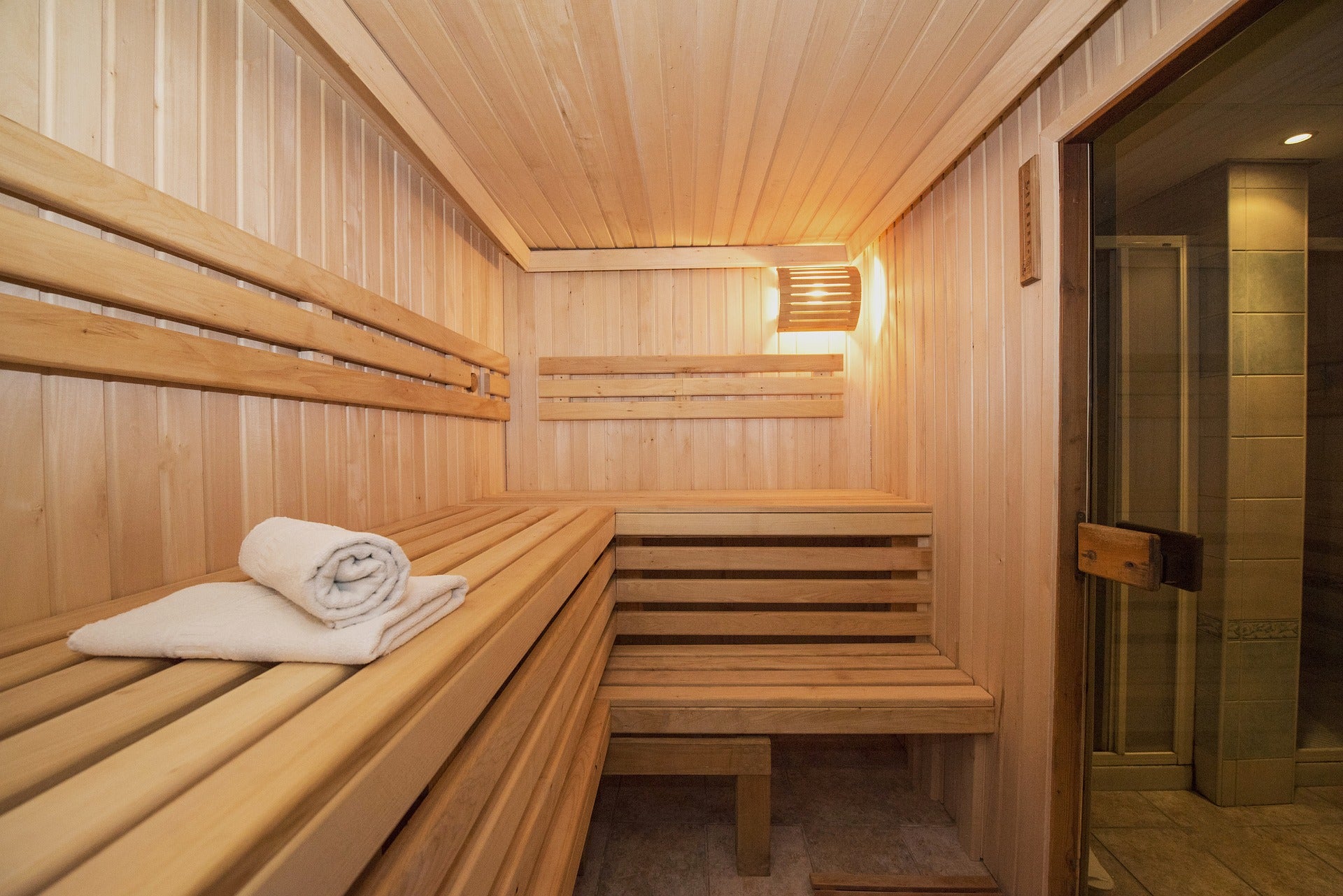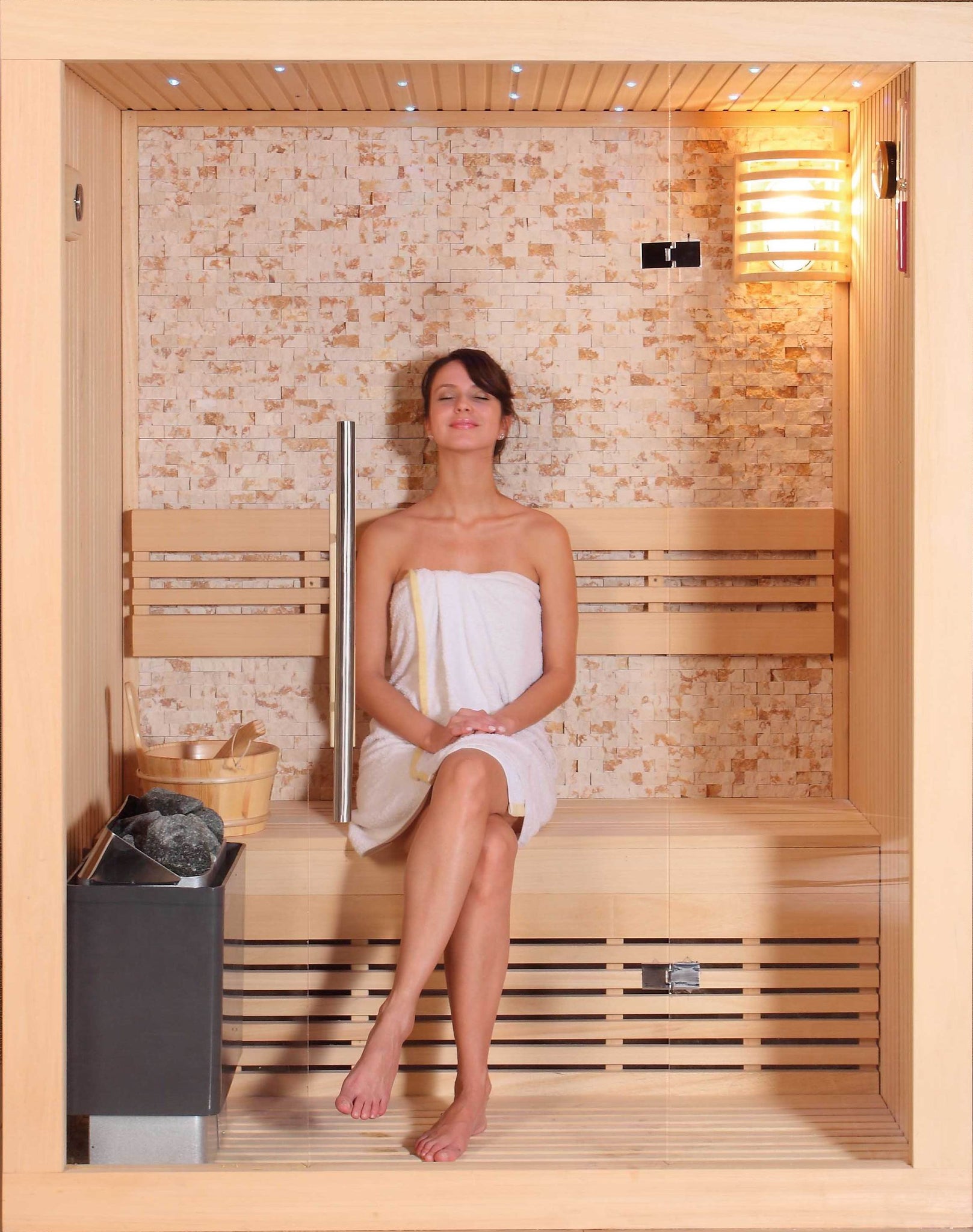Some Known Questions About Traditional Sauna.
Some Known Questions About Traditional Sauna.
Blog Article
Traditional Sauna for Dummies
Table of ContentsThe 7-Second Trick For Traditional SaunaThe Of Traditional SaunaThings about Traditional SaunaThe Main Principles Of Traditional Sauna The 9-Minute Rule for Traditional Sauna
A lot of the weight lost in a sauna is water loss and is re-gained upon rehydrating. Without a question sauna can be a vital component of a healthy weight loss program. To consider the distinctions in between typical and IR saunas, I will certainly divide these right into proven, academic, and produced differences.Therefore, the most popular factor in the saunawhich is at the ceiling directly above the sauna heateris usually between 185 and 190 F. Claims that a standard sauna exceeds 200 F is merely not real and not appropriate for electric saunas offered in the US. The temperature level for a far-infrared sauna is typically established between 120 and 140 F; however, unlike the standard sauna, the objective in and IR area is not to accomplish a high temperature.

When a standard sauna has actually been correctly warmed, the sauna wall surfaces are cozy, the air temperature has actually accomplished set temperature and the rocks are super heated. As an interesting side note, the warmed walls and the rocks are releasing far-infrared heat, incorporated with the warmed air, to develop an "enveloping heat".
An Unbiased View of Traditional Sauna
When the high temperature level is attained, the elements cycle on and off to preserve the heat. Most conventional sauna users take pleasure in putting water over the rocks to create steam to increase sauna moisture degrees. The benefits of pouring water over the rocks consist of: making the room much more comfy, dampening the nasal flows, and allowing the use of aromatherapy by mixing necessary oils with the water.

When the energy gets in the body, it triggers the body temperature to enhance and ultimately results in sweat. In an infrared sauna it is necessary for the emitters/heaters to continue to be on virtually frequently. Since there is no mass of rocks to keep heat, the sauna will cool down if other the emitters closed off.
Rumored Buzz on Traditional Sauna
As mentioned above, the sauna bather in an infrared area intends to position himself in front of operating emitters to get optimal take advantage of the warmth. The heating time for both rooms can be very different, depending on how the spaces are utilized. For a conventional sauna, a bather needs to allow 30-40 minutes for the room to achieve a wanted temperature and to effectively pre-heat the rocks.

A well created sauna will usually attain a temperature level of 150-160 F in about 30-40 minutes. For look at this site hotter temperatures, the room might require to heat for a longer duration.
To some, 15 mins was "wasted" while the infrared energy heated the wood panels as opposed to heating up a body, while others discover a pre-heated space to be extra comfortable and believe an elevated starting temperature is needed to start sweating. The size of suggested usage for each space is about the exact same (10-15 mins per session); nonetheless, as a result of the reduced air temperatures and the capacity to feel the impacts of infrared warmth much faster than a standard sauna, it is not unusual for a person to spend a total of 20-30 minutes in an infrared sauna.
The 9-Second Trick For Traditional Sauna

The ordinary cost per kWH of power in the united state is roughly $0.11, so a 4.5 kW heating unit will certainly cost around $.50 to run for one hour, if the heating unit runs continually for one hour. Usually a sauna heating system will compete 75% read here of the initial hour and 50% of subsequent hours on because the aspects cycle once the established temperature level is achieved.
A 2 individual far-infrared area is typically literally smaller sized than a traditional sauna, typically about 4' x 4' or smaller sized. The IR heating unit is typically 1.5-1.7 kW utilizing a 120 volt 15 amp plug-in service. Given that the room can be utilized faster than a sauna space, we will think the room is used for to of an hour including heat up time.
Ultimately, there is a rarely gone over distinction in the social experience between both areas. While our culture has lost some of the social benefit of the conventional sauna experience, it can be extremely socially gratifying (Traditional Sauna). From household time in the sauna, to heart-felt conversations with better halves, to sauna partiesthe conventional sauna experience can cause intimate mingling
Getting The Traditional Sauna To Work
A lot of higher end infrared areas include colored light treatment, noise systems and full-glass fronts. The size of a lot of areas permit 2 people to conveniently use the area, while some designs might permit a 3rd or fourth individual to utilize the room. Personalized infrared spaces are also offered, with room dimensions available approximately 7' x 8' x 7' high.
Report this page